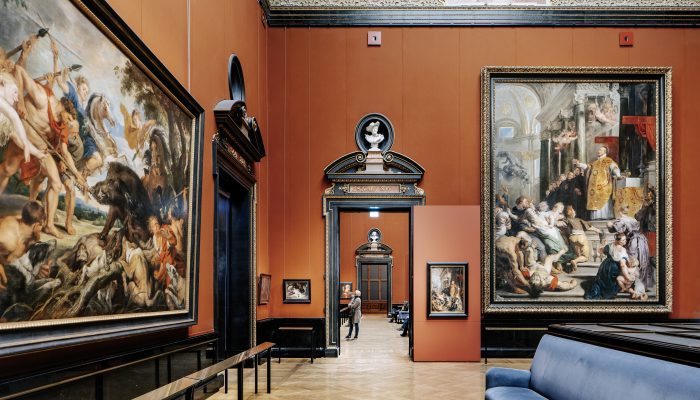Museum of Art History
As a mirror image of the Museum of Natural History, the Museum of Art History, together with the statue of Maria Theresa, make up an impressive ensemble on the border of the central city, right on the Vienna Ringstraße and as part of the city expansions and construction of the commissioned Vienna Ringstraße.
Two years after the Museum of Natural History, the Museum of Art History was opened by Kaiser Franz Joseph I in 1891. It contains one of the most significant art collections in the world. The basis for this is the extensive collection of art works from the house of Habsburg. After the end of World War I, the former sovereign family was ousted by the government and the majority of the collection became the property of the Republic.
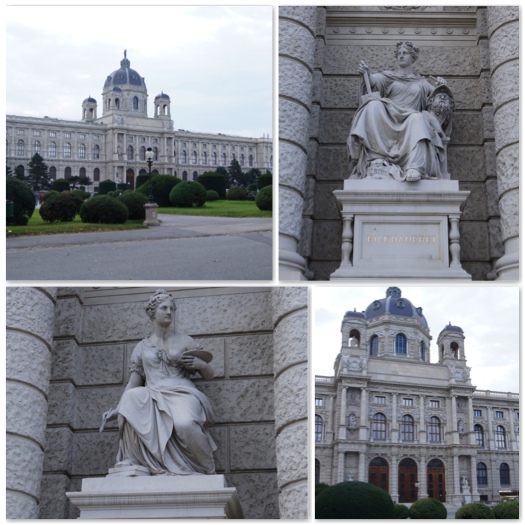
Today, the Neue Burg, the imperial treasury at Hofburg Palace, the imperial carriage museum at Schönbrunn Castle, and the collection at Ambras Castle in Tyrol are all part of the Museum of Art History, in addition to its main building, and offer visitors an exceptionally extensive collection of exhibits. Not for no reason has the museum been one of the most-visited attractions in Austria for years. It has thousands of exhibits that take visitors into the ancient world, to Egypt, to the Greeks, to the Baroque and Classical eras. It is a must for art and history enthusiasts.
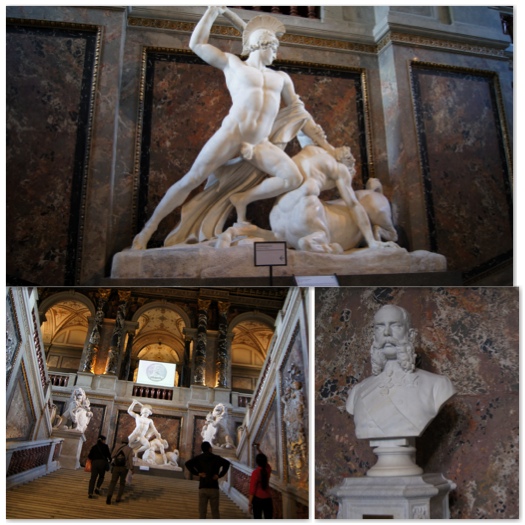
Right in the main entrance is a Theseus sculpture by Antonio Canova, which we already mentioned in our article about the Volksgarten.
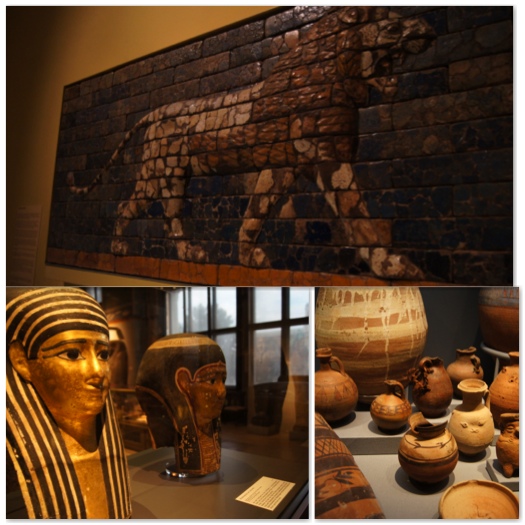
The Egyptian-Oriental collection is one of the most significant of its type. It covers 4,500 years with more than 1,200 exhibits.
In the antiques collection, there are sculptures, bronze artefacts, statues, vases, glasses, and goldsmith works from the period of ca. 3000BC to 1000AD.
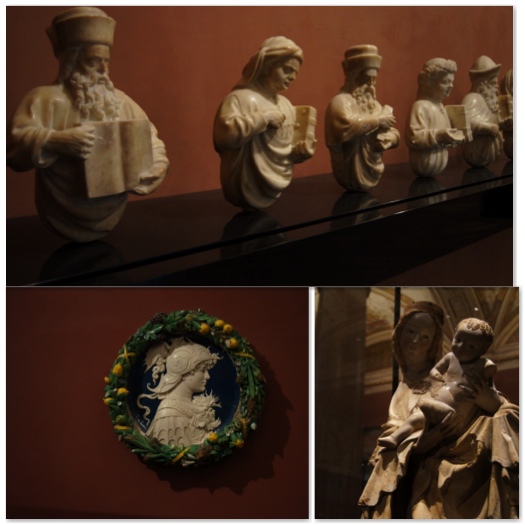
The art chamber is fantastic with around 2,200 sculptures, gold and ivory works, small bronze artefacts, tapestries, and curiosities. From the Middle Ages to the Italian Renaissance, to the Baroque era and the Classical era, you can see wonderful work here. The famous Saliera is also here.
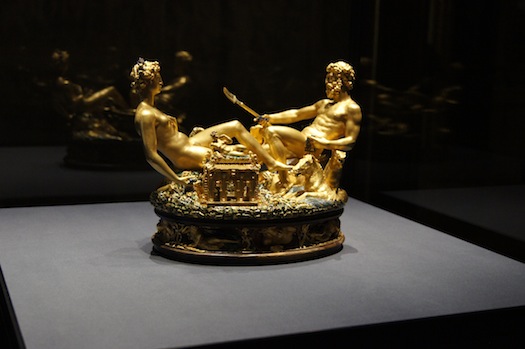
On the second floor there is an art gallery. Unlike many other museums, here you can take the time to appreciate the paintings wonderfully. There are comfortable seating areas provided for this. The gallery includes paintings by Velázquez, Carbaggio, Albrecht Dürrer, Tintoretto, and the greatest world wide collection of paintings by Pieter Bruegels the Elder – all reasons to stay sitting for longer and appreciate the art works.
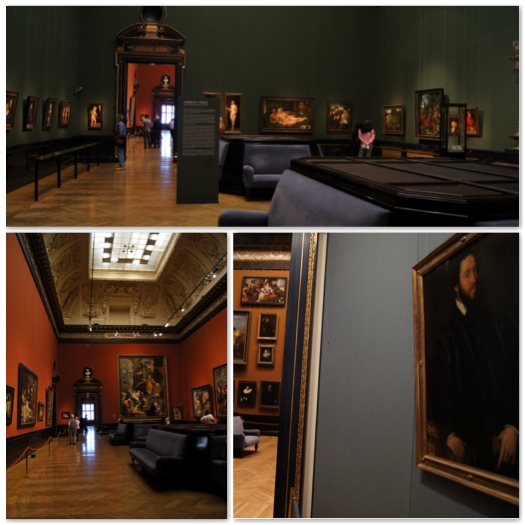
Since July 2013, the museum has been offering a very special service to visitors. As one of the first in Austria, the whole building has been recorded on Google Indoor Maps. With its complete and detailed interior maps, this service is a great directory for one of the most beautiful museums in Austria.
The museum is very easy to reach because of its central location. From the Zipser hotel, you can walk to the museum in 10 – 15 minutes, or take the u-bahn (subway) lines U2 or the tram lines 1, 2, D or 71.
Teaser Picture: © Wien Tourismus – Paul Bauer



